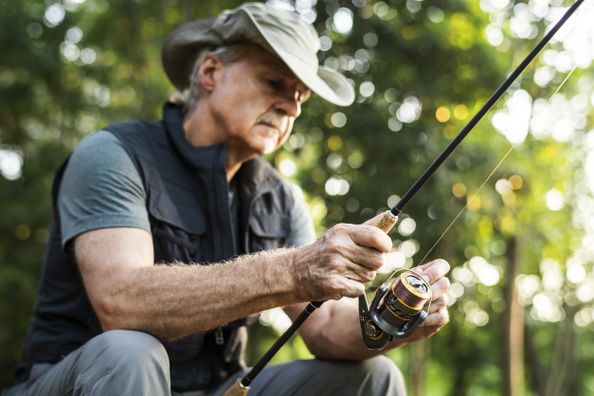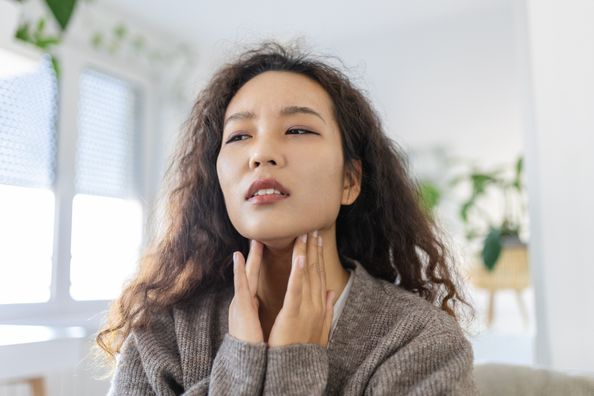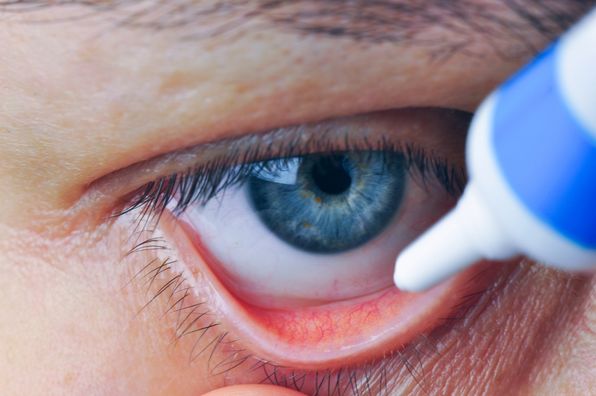When checking your skin for melanoma, perhaps you think of the dark mole on your back or the asymmetrical freckle on your chest. By assessing suspicious spots on your skin, you’re taking the first step to melanoma prevention and early detection. Whether you’re using the Ugly Duckling method or the ABC’s technique, it is important that you and your dermatologist perform a thorough skin examination, including places that might not normally come to mind.
Listed below are places that you may not normally think of on your body where melanoma can develop, which will be checked during a skin exam.
Within a tattoo
Tattoos, particularly those that cover a large portion of skin, may make it difficult to evaluate moles underneath the ink. Additionally, tattoo ink can seep into your skin mimicking the spread of melanoma.
When a mole changes size, symmetry or color, it is often the first sign of melanoma. Without clear visibility of your skin, melanoma detection underneath a tattoo is a bit trickier for a dermatologist.
On your feet and/or between your toes
Foot melanoma is rare, but possible. Feet get plenty of exposure to sunlight when you’re walking on the beach, wearing flip-flops or sun tanning. Remember to apply sunscreen to the tops of your feet and toes before spending time in the sun.
Moles or unusual pigmented skin can develop and be hidden in the crevices of your feet. During a skin exam, an in-depth inspection of your feet, including the space in between your toes, will be performed. Checking your own feet and toes periodically can help with early detection of a melanoma.
On your hands and/or between your fingers
Similar to your feet, your hands get just as much if not more exposure to sunlight. Just think of all the activities where our hands are exposed to the sun for a long period of time such as bicycling, fishing, golf, yard work, outside sporting events and more.
Always remember to apply and reapply sunscreen to your hands and fingers when you know you’ll have a long day in the sun.
On your scalp
Your scalp is exposed to the sun and therefore is also at risk of developing melanoma. During a skin exam, your dermatologist will check your scalp for suspicious spots, even in places other than your hairline and part.
Underneath your nails
While not common, it is possible to develop melanoma underneath your nails. The main indication of nail melanoma is brown and/or black coloring on your nailbed.
If you regularly paint your nails, be sure to check your nailbed when the polish is removed and speak to your dermatologist about any concerns. It is also helpful to leave your nails unpolished when having a skin exam so that your dermatologist can check them at your visit.
You can protect your skin from melanoma by regularly wearing sunscreen, using the ABCDE’s of Melanoma or Ugly Duckling method for at-home skin checks and scheduling an annual skin exam with your dermatologist.
If you found a suspicious spot or are due for your full body skin exam, schedule an appointment with a dermatologist near you online or by calling your preferred location.
Annual full body skin exams are now covered as a preventative exam by most commercial insurance companies. Cost varies based on your insurance coverage.*
*Medicare and Medicaid are excluded
Health Topics:








